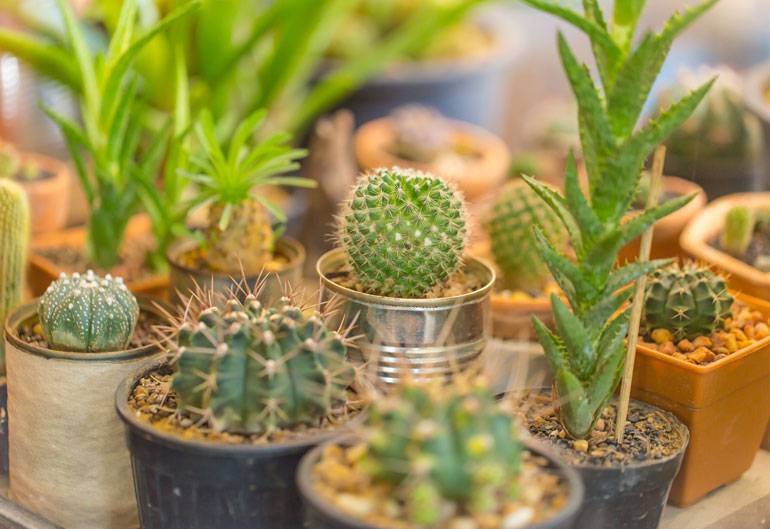Succulents are more than just darlings of the hipster world – they’re the new muse of CSIRO engineers working to improve the efficiency of fuel cells.
A new cactus-inspired membrane might help keep fuels cells hydrated to significantly boost the performance of fuel cells – and transform the electric vehicle industry.
Developed by scientists from CSIRO and Hanyang University in Korea, the membrane mimics a cactus plant’s ability to thrive by retaining water in harsh and arid environments.
Dr Cara Doherty examining one of the membranes.“A cactus plant has tiny cracks, called stomatal pores, which open at night when it is cool and humid, and close during the day when the conditions are hot and arid. This helps it retain water,” said CSIRO’s Dr Cara Doherty.
“This membrane works in a similar way. Water is generated by an electrochemical reaction, which is then regulated through nano-cracks within the skin. The cracks widen when exposed to humidifying conditions, and close up when it is drier.
“This means that fuel cells can remain hydrated without the need for bulky external humidifier equipment.”
By using the skin, the researchers managed to boost the efficiency of the fuel cells up to four times, compared to conventional equipment during hot and dry conditions.
The research could have implications for many industries, particularly electric vehicles, since one of the main barriers to the uptake of fuel cell electric vehicles is water and heat management for the fuel cell systems.



